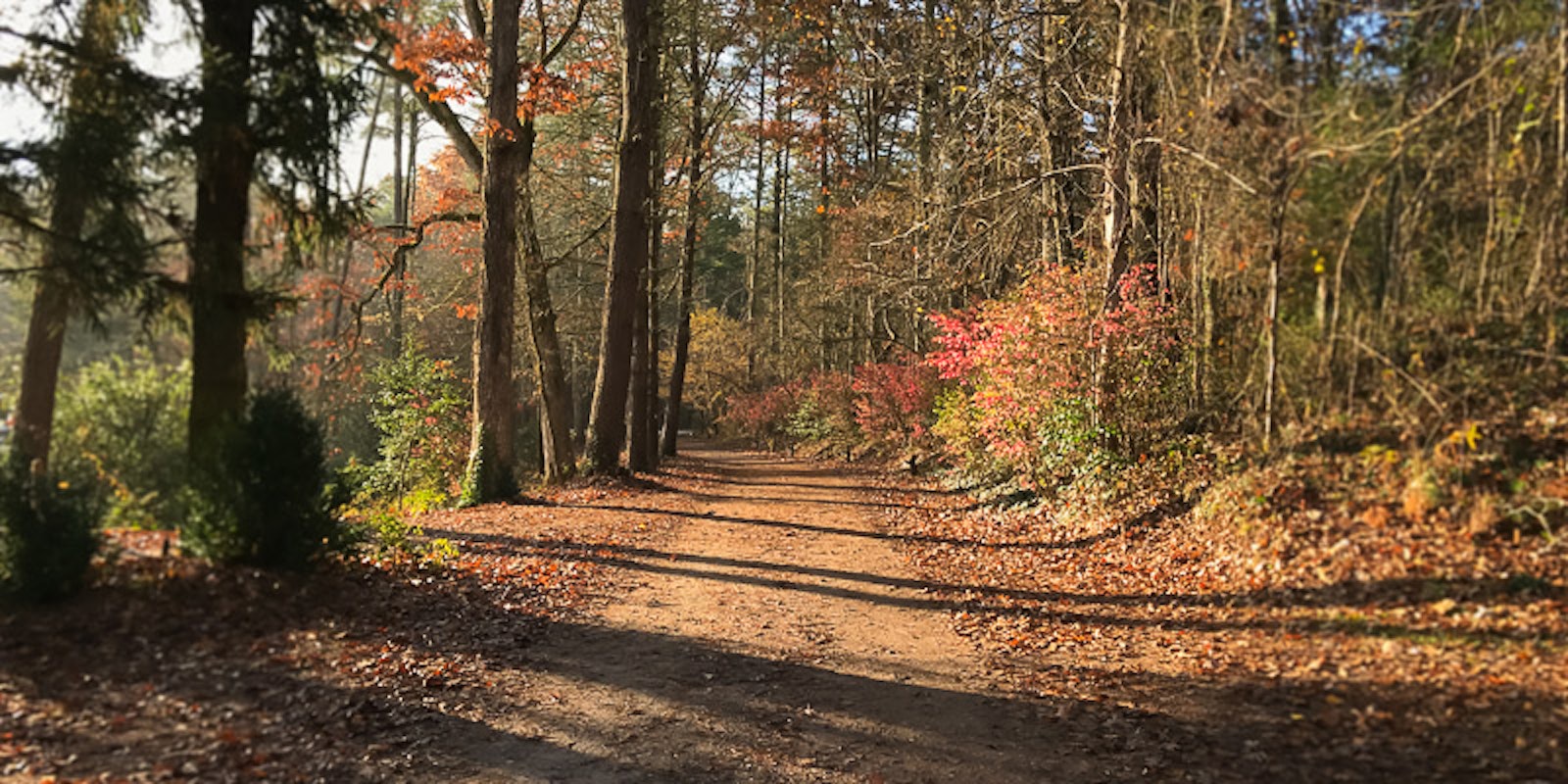I often talk about a spinner’s path or fiber journey. This isn’t a map from A to B; there’s no specific order to acquire or build skills. My experience is like walking the lovely paths at the John C. Campbell Folk School—a fork appears, and you can keep walking in the same direction or head off into parts unknown. My path this year has taken me through fields of natural dye plants, to a right turn at the intersection of wool and cotton, and into an interesting charkha-spinning cul-de-sac.
A Proud Spinning Teacher
Having just finished leading two workshops at the Folk School in North Carolina, I’m looking back on at the amazing amount of work my diligent group of spinners accomplished. We prepared wool, we dyed wool, we spun and designed a wide variety of yarns, we wove cloth, we knitted swatches, and more.
We foraged for natural dyes such as black walnuts from the Folk School campus and kept a madder root dyepot going through the week. As we created small samples from different wools, we dropped them in the dyepots to see what would happen.
The workshop spaces at the Folk School always take my breath away. My happy troupe of spinners had a room stocked with dyepots and gas ranges, spoons and buckets, and dozens of handcards and spinning wheels—a teacher’s dream. We started working with a madder root dyepot and wondered if there might still be black walnuts in the woods. We gathered and soaked the nuts that were still wrapped in fading green hulls and had little skeins of handspun to toss in by the next morning. A facility such as the Folk School offers more than a place to learn, it’s a place to explore and discover new interests.
Even with the luxury of an entire week of fiber explorations, I see much of my work as an instructor as pointing out the abundant opportunities for further work. You could learn more about wool and natural dyes, wool and woven cloth, and beyond.
Hard work requires tea.
Check the John C. Campbell Folk School website for future class listings. I’ll hope to see you there!
—Kate
Featured Image: The quiet trees, joyful makers, and well-equipped studios at the Folk School help you to follow your creative path. Photos by Kate Larson



